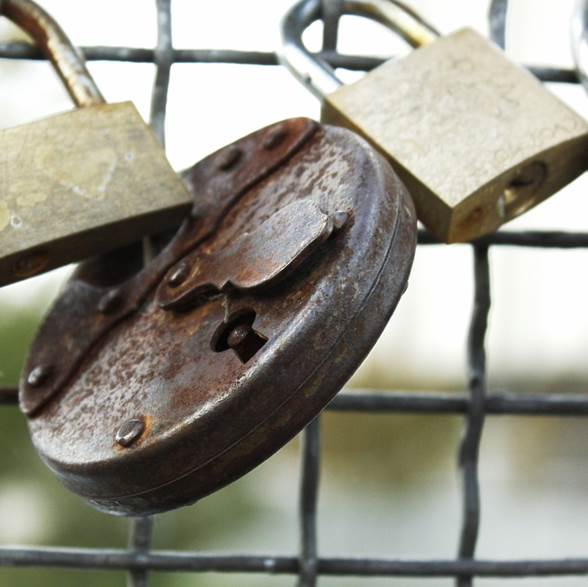Table of Contents
How can a company be dissolved and/or liquidated in Netherlands?
The Dutch company liquidation process is regulated by the Articles of Association in every company and by the Dutch commercial law.
The procedure requires a few steps and in some cases can be started by a single shareholder decision.
There are two way to liquidate a company in the Netherlands: the standard procedure or the accelerated procedure.
We invite you to watch the following video for answers regarding the company liquidation process in the Netherlands:
What are the steps for company liquidation?
The standard procedure is the most common form company liquidation can take. It is based on the General Meeting of the Shareholders decision. In the same decision, the liquidator is appointed and the general manager is dismissed. A liquidator is also appointed and the corporate books are handed to him/her.
The company decision must be registered at the Chamber of Commerce. From this moment all the publication from the company must add the words “in liquidation” at the end of the company’s name.
The procedure is rather similar to the liquidation in other countries like Germany, where one of the liquidator’s duties is to elaborate a final account of the liquidation and a plan of distribution (the last one just in case there is more than one shareholder).
The final account and the plan of distribution must be registered at the Chamber of Commerce.
After depositing the documents, the liquidator must make an announcement in a nationally newspaper regarding the place the final account and the plan of distribution is stored for public inspection. After two months, if no objections were raised, the liquidation can be registered at the Chamber of Commerce and the company ceases to exist.
The name and the address of the curator must also be registered at the Chamber of Commerce and that is because the records must remain in his custody for seven years after the company liquidation.
If the appropriate Dutch district court has agreed, the accelerated procedure of liquidation can take place. After the resolution of liquidation is registered at the Trade Registry and the duties of the company are settled, the liquidator may distribute the remaining goods among the entitled shareholders within two months after the liquidation decision.
The accelerated procedure is possible if the shareholders ensure that if an objection is raised regarding the distribution (from a third party) they will restitute the goods. Also another criteria that must be fulfilled is to have a small number of beneficiaries, all known, before the accelerated procedure can take place.
A plan of distribution must be elaborated, just in case an unknown creditor claims his rights after seeing the liquidation announcement in the newspaper. If this creditor is not receiving his part of assets, the liquidator is fully liable for the loss.
In case there are no goods left to be distributed the company ceases to exist right after the decision taken by the General Meeting of the Shareholders. In this case the Chamber of Commerce is notified by the Management Board and no liquidator is appointed.
If you need other types of services for your business in the Netherlands, for example, VAT registration or obtaining an EORI number for your company, our team of lawyers can definitely help you. Companies are required to register for the value-added tax and there is no minimum registration threshold, as may be applicable in other countries. This means that, if a company offers goods and/or services that are subject to this tax, it will need to register on a mandatory basis. Our team can assist during this step.
How long does it take to liquidate a company in Netherland?
Usually an announcement has to be issued regarding the liquidation in a nationwide distributed newspaper when the liquidator considers that there are no goods left for the dissolution procedure.
In two months time, the District Court must release a declaration of non objection that specify the fact that there are no objections against the liquidation. The liquidator must register the dissolution at the Trade Registry and with this last step, the liquidation is complete and the company ceases to exist. The procedure is estimated to take a few months in some cases.
In some cases the liquidation process can be reopened if one of the entitled entity requires it. In this particular case, a new liquidator must be appointed and must be paid by the former shareholders.
Partner: Lawyers in Cyprus

